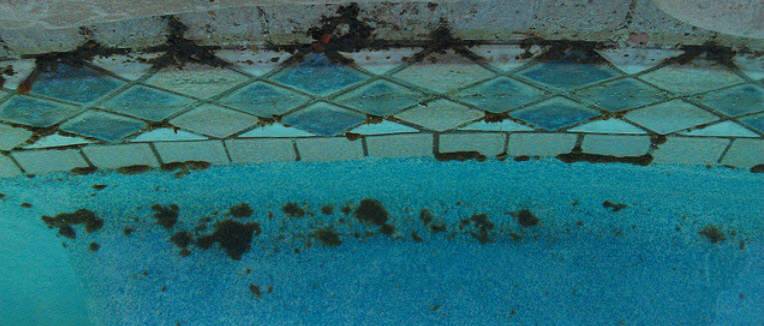The white cloud might be paint, but the scratch test seems to indicate that it is not paint.
I would say that it is undetermined at this point.
In any case, a full SLAM is probably required.
The surface is in poor condition in any case, so it will be a challenge to maintain.
I would say that it is undetermined at this point.
In any case, a full SLAM is probably required.
The surface is in poor condition in any case, so it will be a challenge to maintain.




